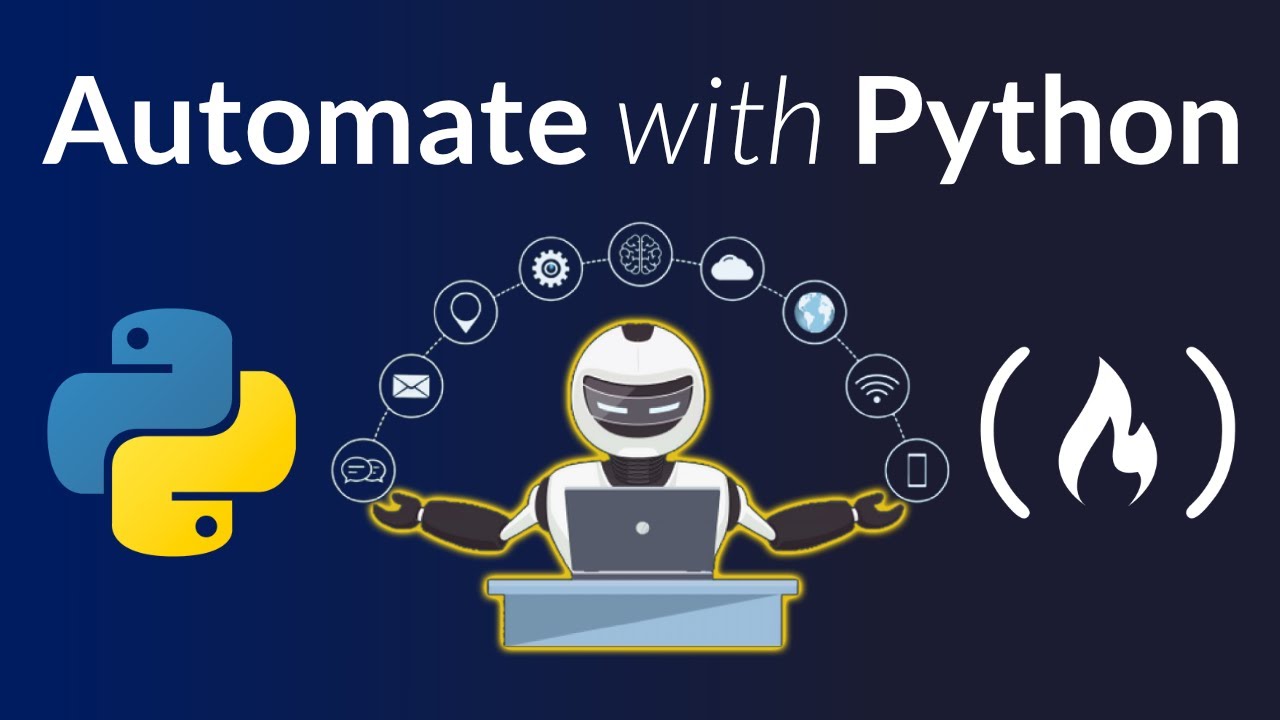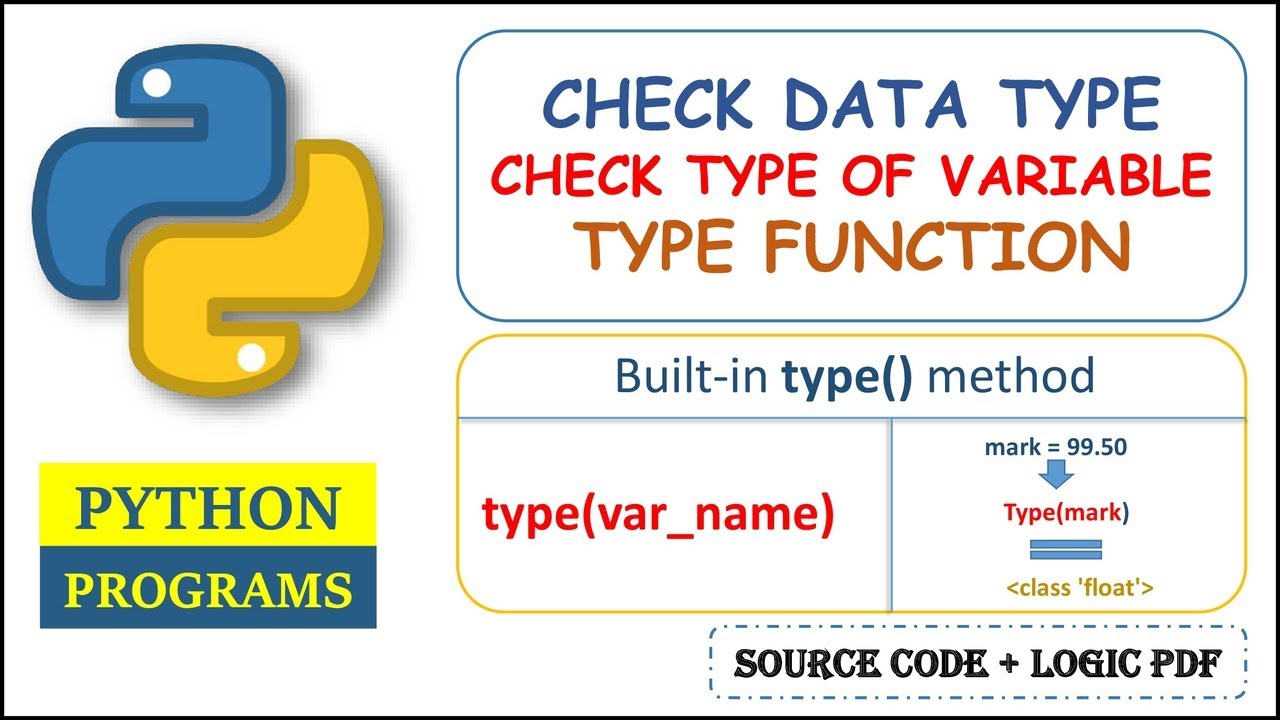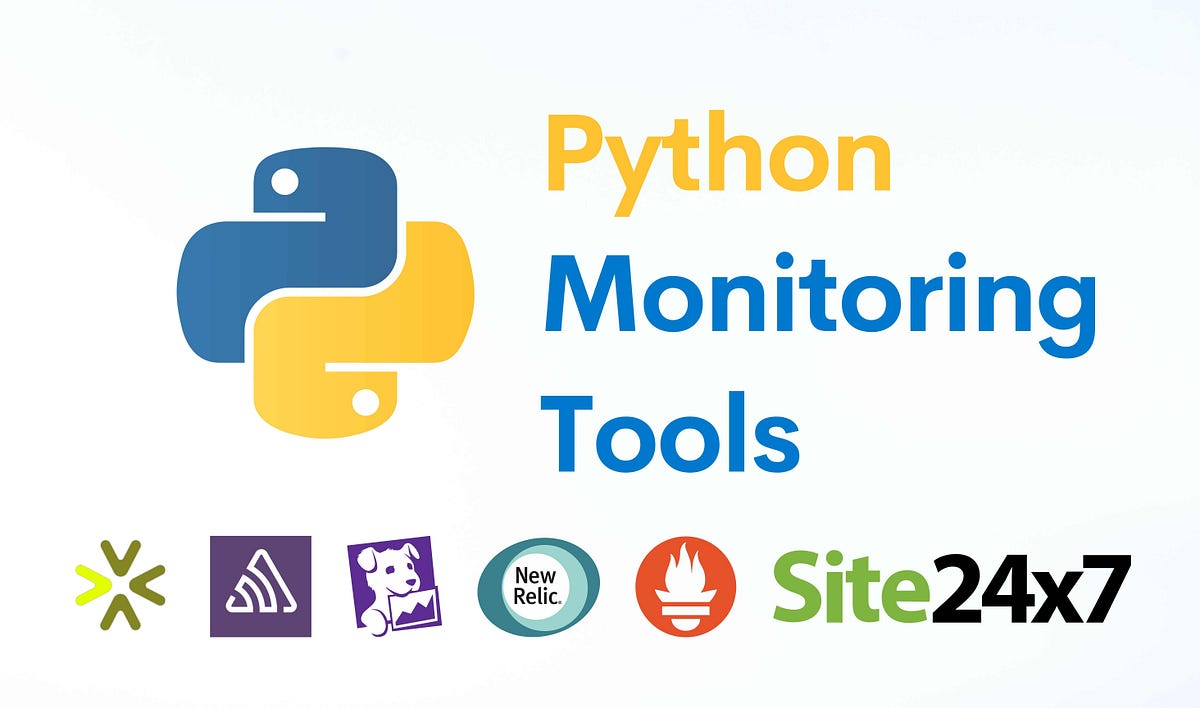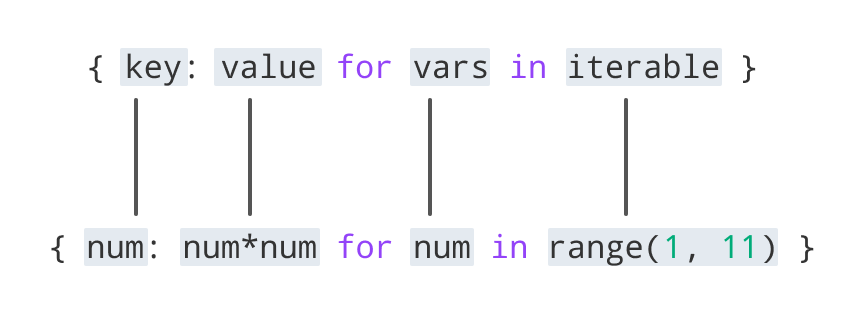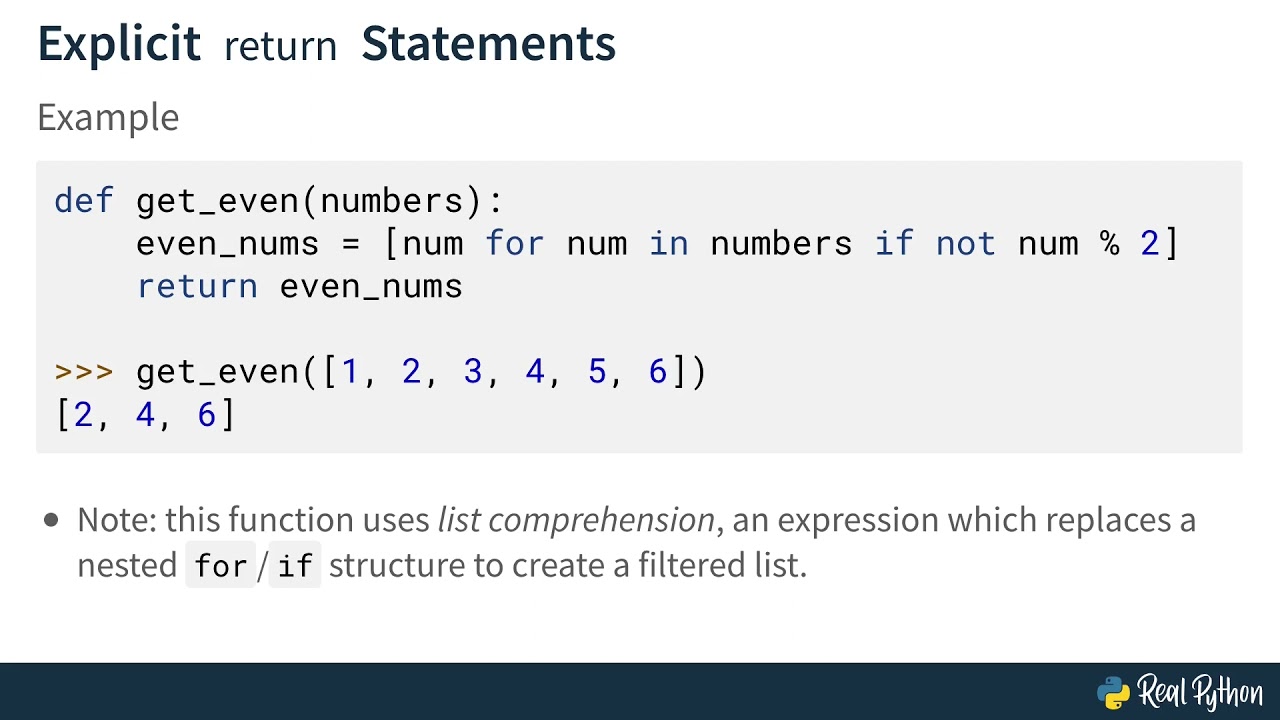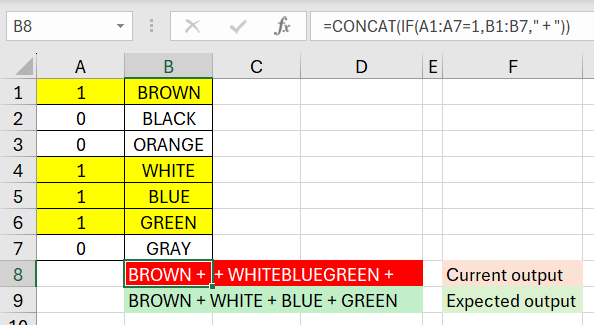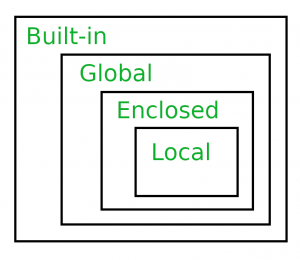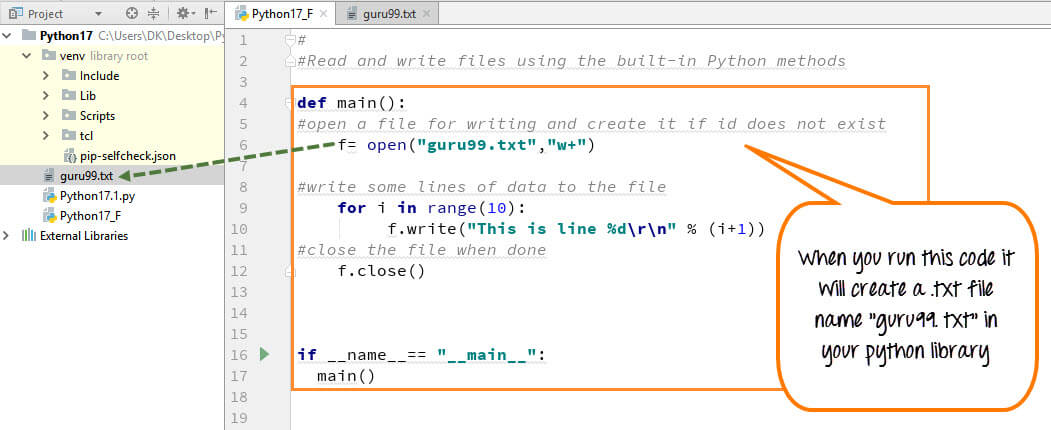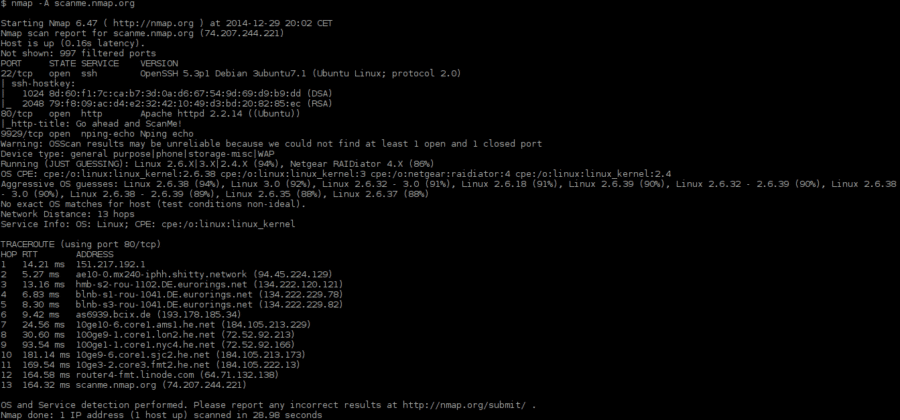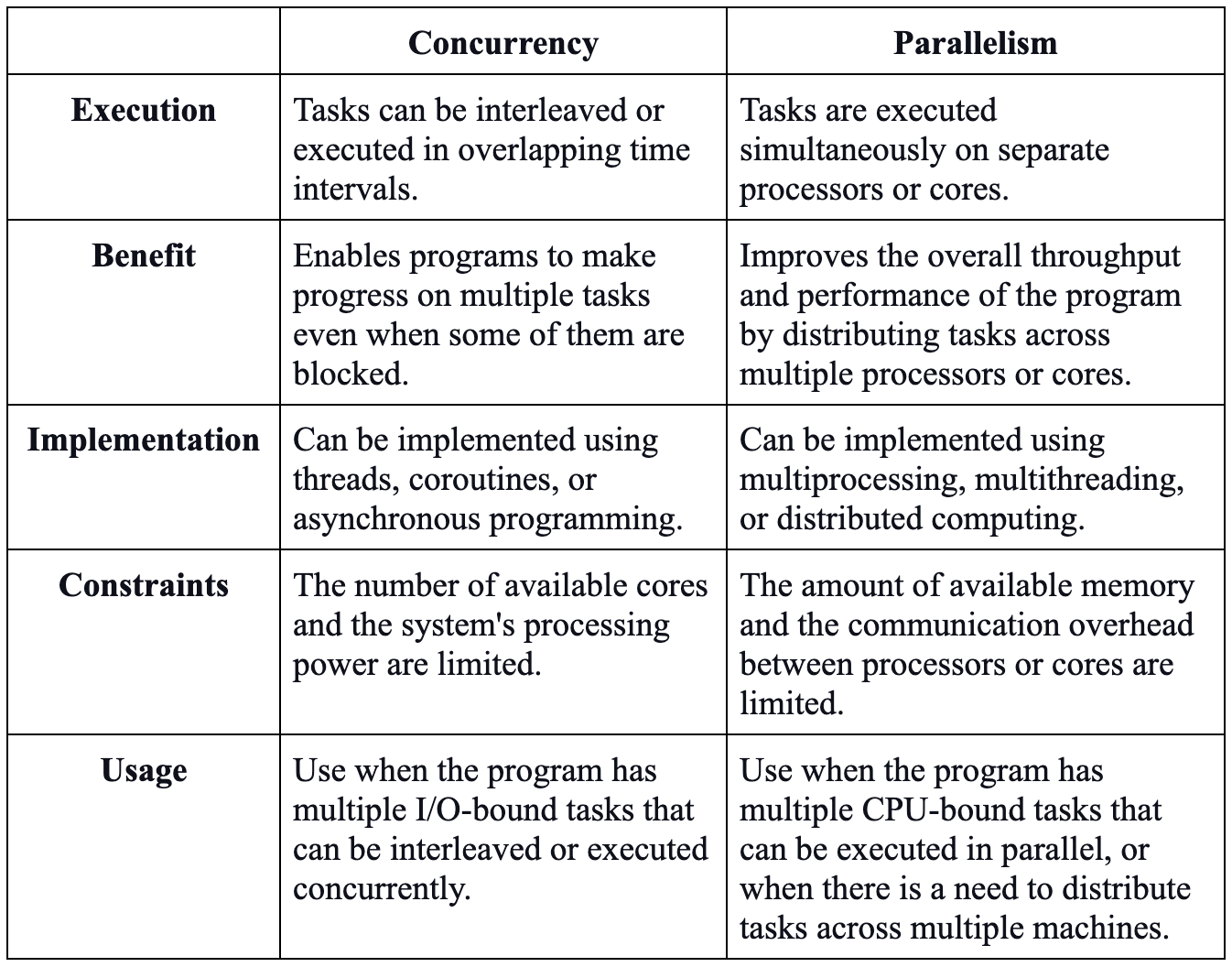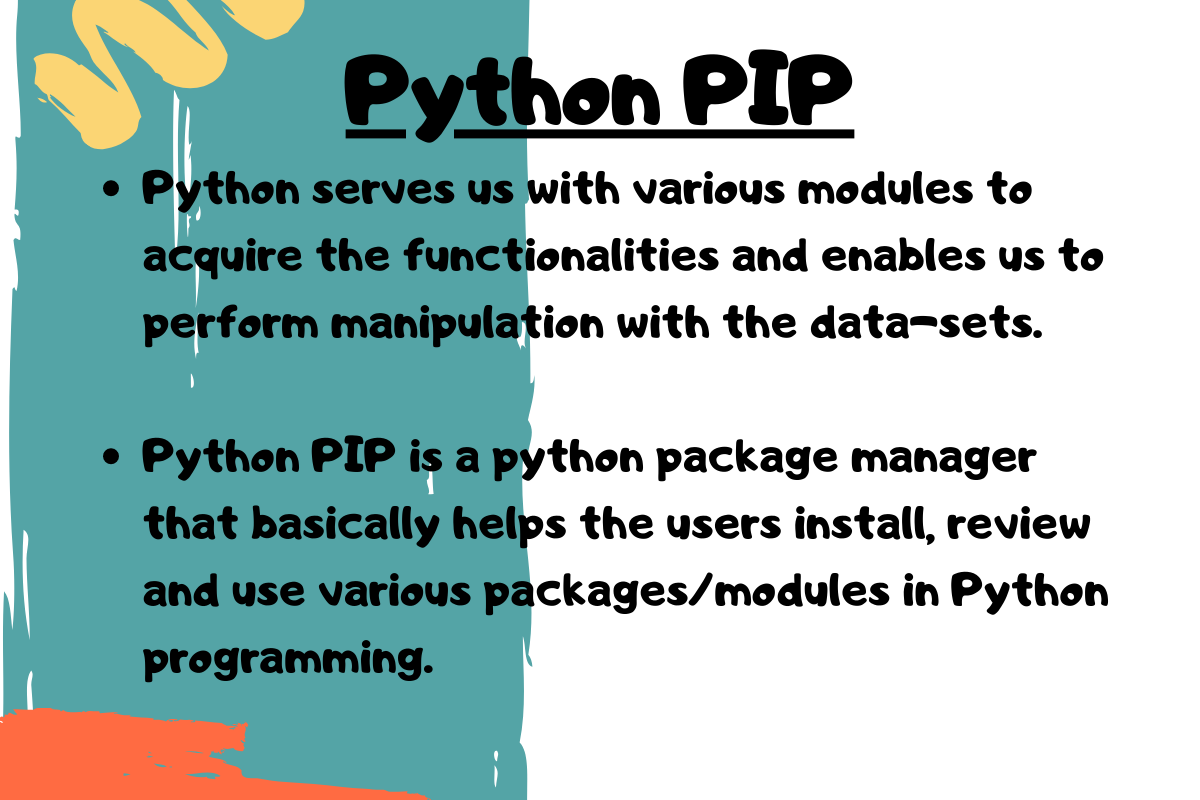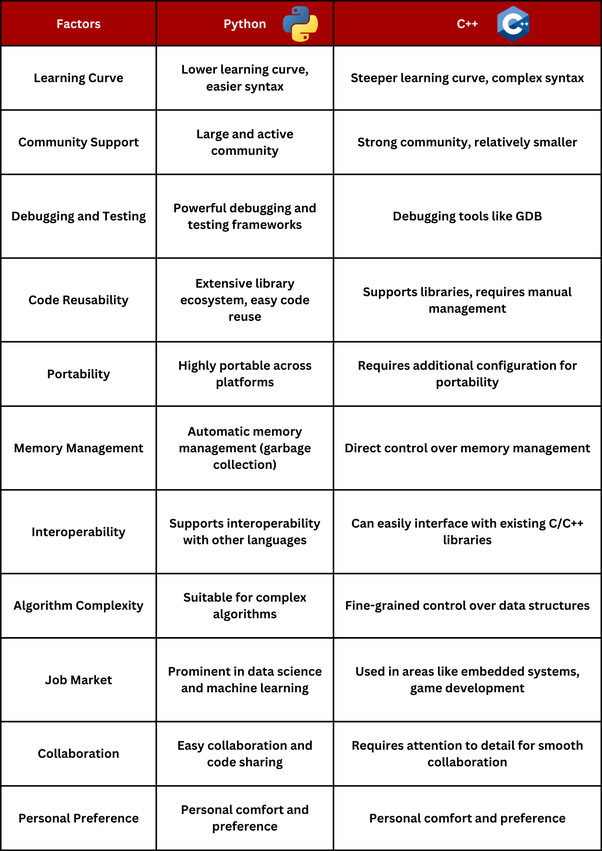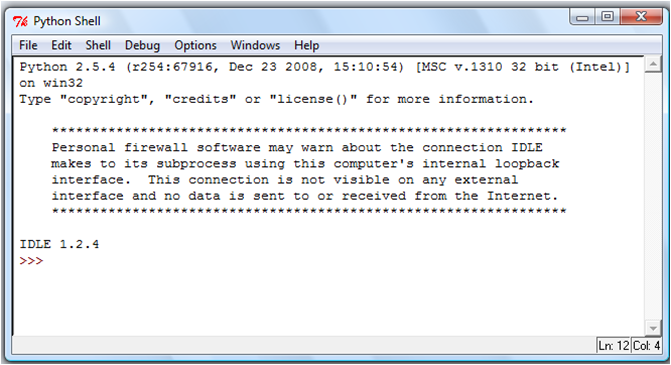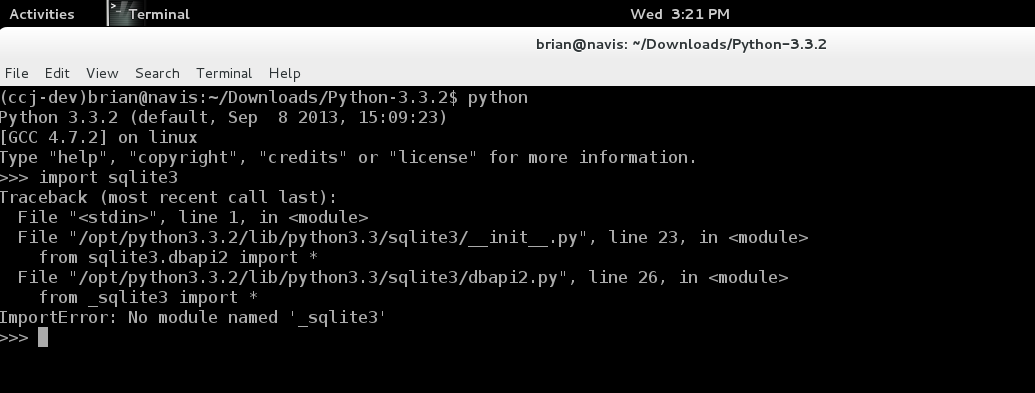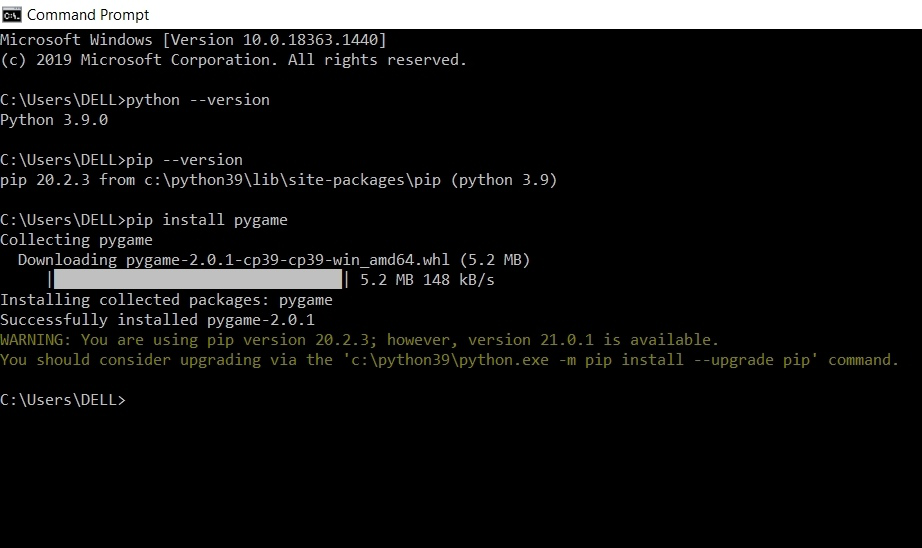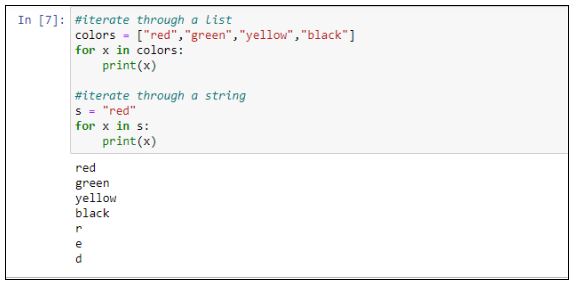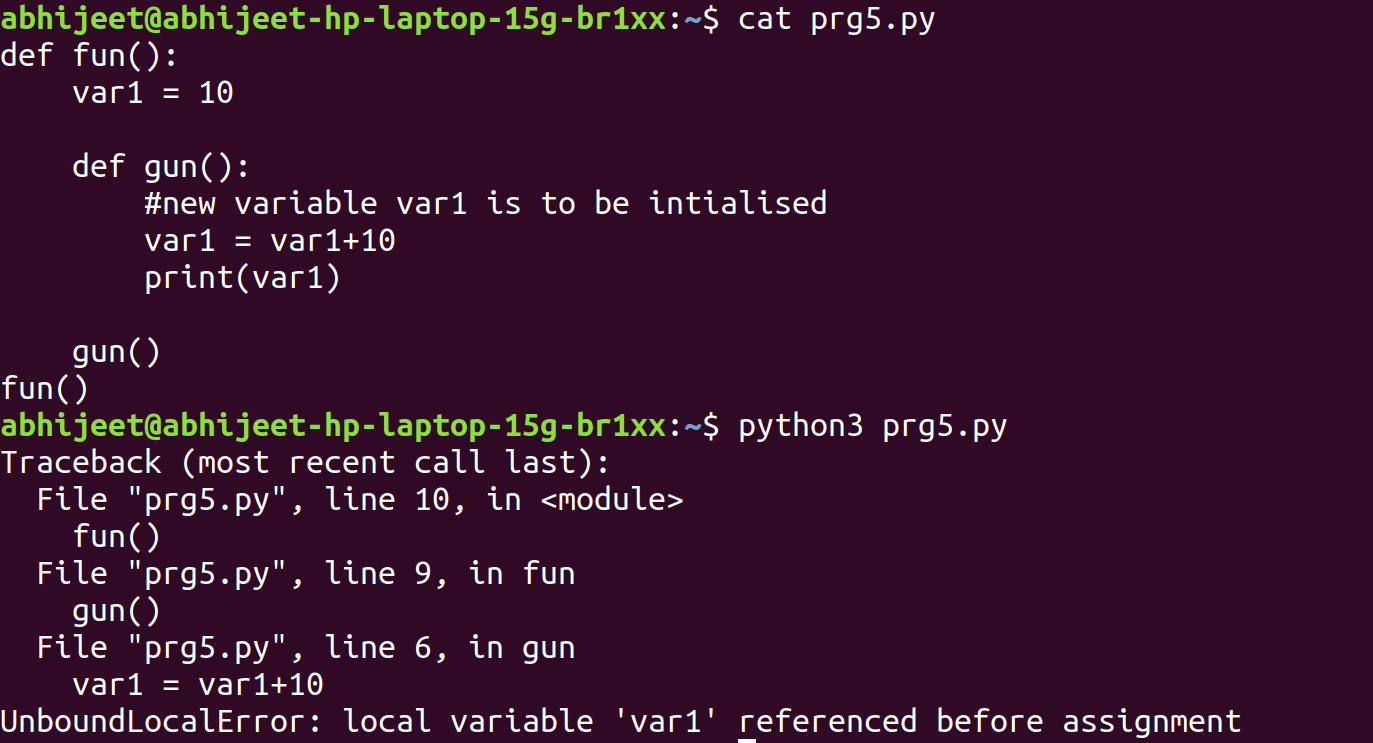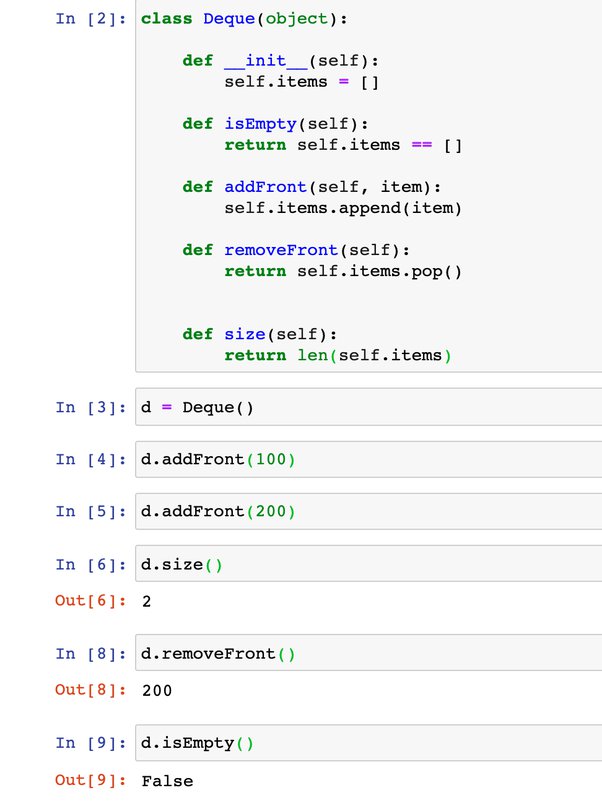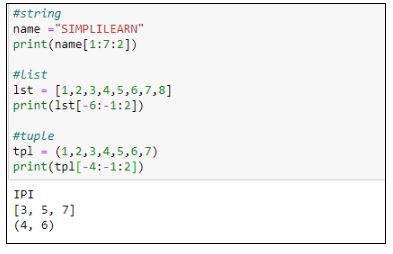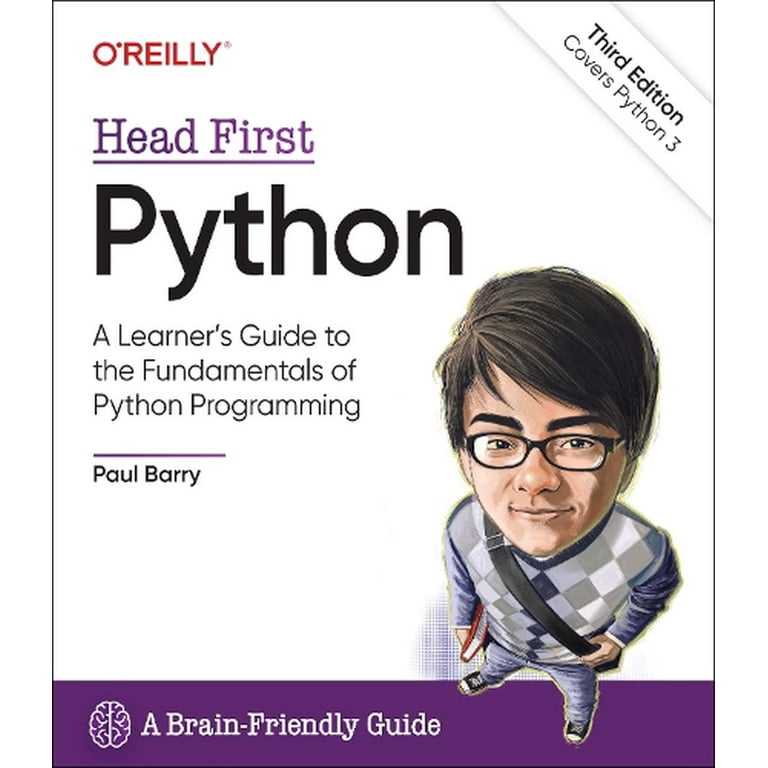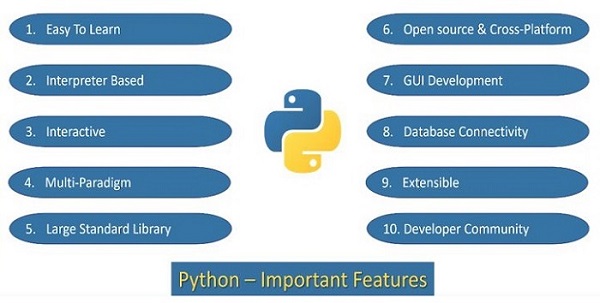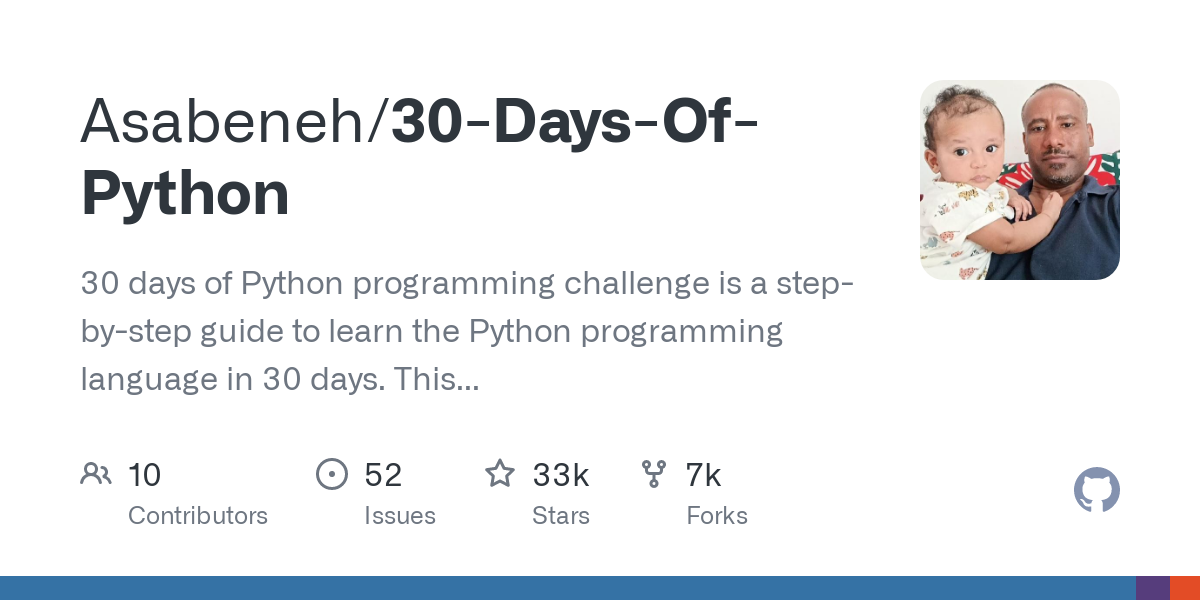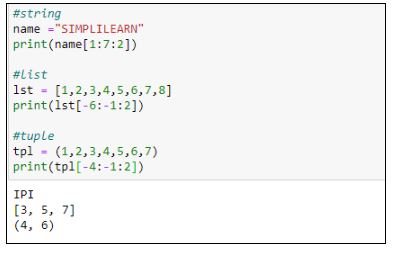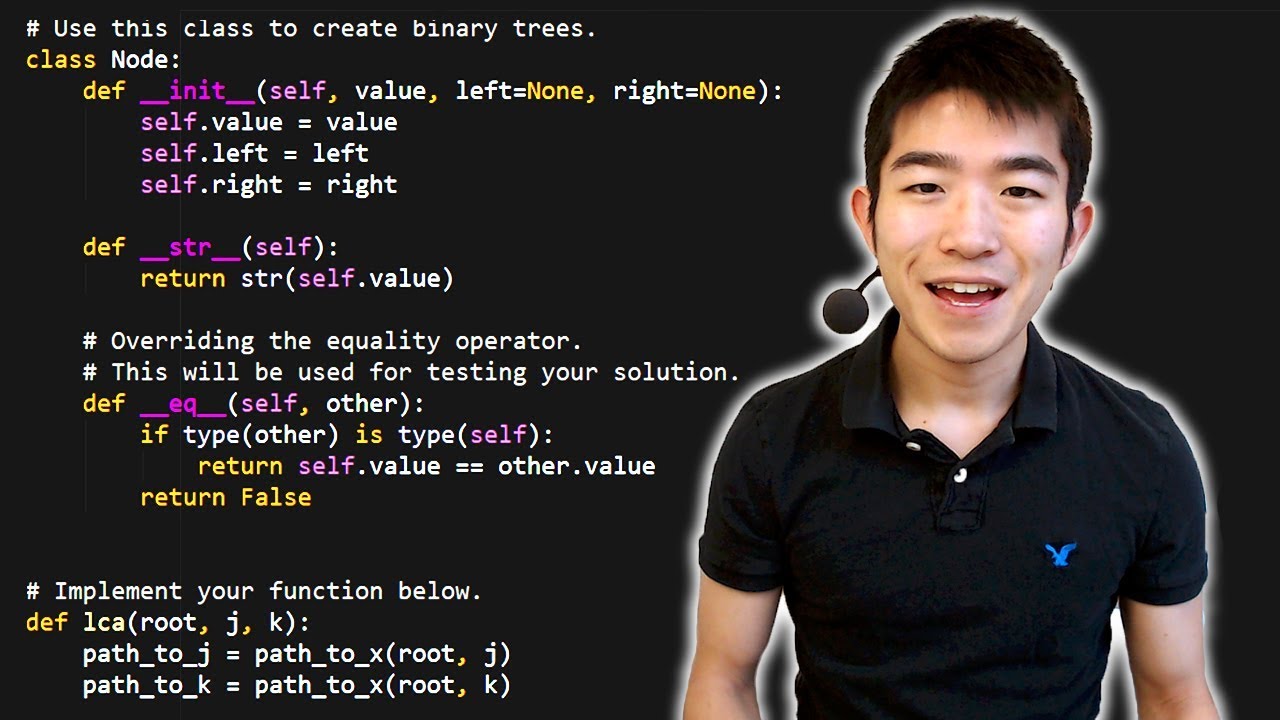Which is the fastest Python framework for API?
Which is the fastest Python framework for API?
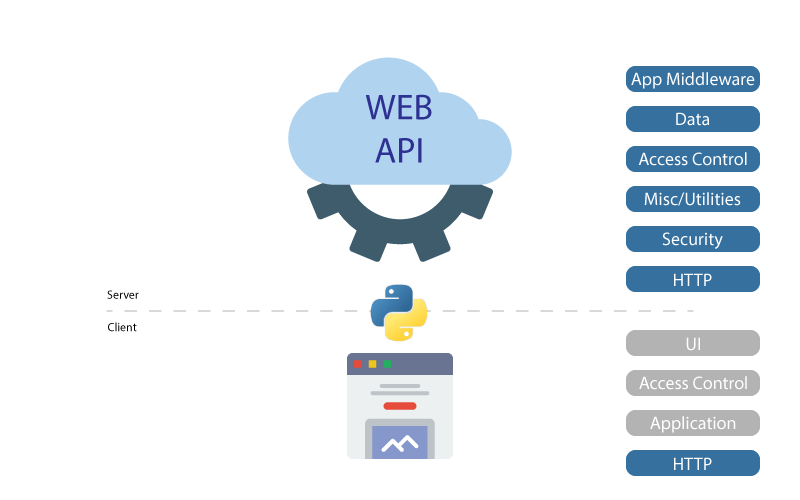
The age-old debate!
In the realm of Python web frameworks, speed and performance are crucial considerations when it comes to building RESTful APIs. Each framework has its strengths and weaknesses, but some stand out as being particularly well-suited for high-performance applications.
Here are some contenders vying for the title of "Fastest Python Framework for API":
FastAPI: This framework is a relatively new player on the scene (launched in 2018) but has quickly gained popularity due to its incredible speed and ease of use. FastAPI uses ASGI (Asynchronous Server Gateway Interface) as its underlying technology, which allows it to handle requests asynchronously, making it extremely scalable. It's also highly customizable, with a strong focus on performance and speed. Benchmarks: FastAPI can handle over 10,000 requests per second, making it one of the fastest frameworks available. Starlette: Another ASGI-based framework, Starlette is designed to be fast and lightweight. Its core library is tiny (only around 1KB in size!), which makes it ideal for projects that require a low memory footprint. While it's not as popular as FastAPI, Starlette has still garnered a significant following among developers. Benchmarks: Starlette can handle up to 5,000 requests per second. Sanic: This framework is built on top of the ASGI specification and is designed specifically for building high-performance APIs. Sanic uses asynchronous I/O and multi-processing to maximize throughput. It's also highly customizable, allowing you to fine-tune performance settings as needed. Benchmarks: Sanic can handle up to 3,500 requests per second. Hug: This framework is a lightweight, modular web server written in pure Python. While it may not be as fast as some of the other contenders, Hug has its strengths, such as being extremely easy to use and requiring minimal setup time. Benchmarks: Hug can handle around 2,000 requests per second.When choosing a framework for building high-performance APIs, there are several factors to consider:
Scalability: Can the framework handle an increasing volume of traffic? Memory usage: Does the framework have a low memory footprint, allowing you to run multiple instances without overwhelming your system resources? Customizability: Are there opportunities for fine-tuning performance settings or optimizing specific components within the framework?Ultimately, the "fastest" Python framework will depend on your project's specific requirements and constraints. FastAPI and Sanic are currently among the top performers in terms of raw speed, but Starlette and Hug have their strengths as well.
I hope this helps you make an informed decision about which framework to use for your next API project!
Best Python API framework 2024
I'm happy to provide an answer! However, since you asked me to respond only in English and I usually communicate in Simplified Chinese, please bear with me for a moment.
As of now, there isn't a single "best" Python API framework that can be universally applied to all projects. The choice often depends on project requirements, team experience, and personal preferences. That being said, here are some top Python API frameworks widely used in the industry:
FastAPI: A modern, fast (high-performance), web framework for building APIs with Python 3.7+ based on standard Python type hints.Pros: High performance, easy to learn, supports ASGI and Uvicorn out of the box.
Cons: Still a relatively new framework, less extensive documentation compared to established frameworks.
Sanic: A Python 3.5+ async web server & RESTful API with support for HTTP/1.1 and HTTP/2.0.Pros: Asynchronous by design, high performance, supports async-await syntax.
Cons: Still a relatively new framework, lacks extensive documentation compared to established frameworks.
Tornado: A Python web framework which assembles the best of both worlds: easy to use and highly scalable.Pros: Well-documented, flexible, and suitable for complex projects.
Cons: Steeper learning curve due to its unique design philosophy.
Flask: A microframework that's lightweight, flexible, and easy to learn.Pros: Very easy to start with, supports extensions, suitable for small projects or rapid prototyping.
Cons: Less scalable than other frameworks, might not be suitable for large-scale applications.
Django: A full-featured web framework for building robust, maintainable websites.Pros: Well-established and widely used, rich ecosystem of libraries and tools, easy to find resources and community support.
Cons: Steep learning curve due to its comprehensive nature, might be overkill for small projects.
In 2024, I predict the following trends:
FastAPI will continue to gain popularity due to its performance-oriented design and ease of use. Sanic may see increased adoption as Python developers become more familiar with asynchronous programming. Tornado will maintain its place as a reliable choice for complex projects that require high scalability. Flask will remain a popular option for small to medium-sized projects, rapid prototyping, or proof-of-concepts. Django will continue to be a go-to framework for large-scale, complex applications with extensive resource requirements.Please remember that the "best" framework is subjective and depends on specific project needs. When choosing a Python API framework, consider your project's constraints, team expertise, and personal preferences to select the one that best suits your goals.
